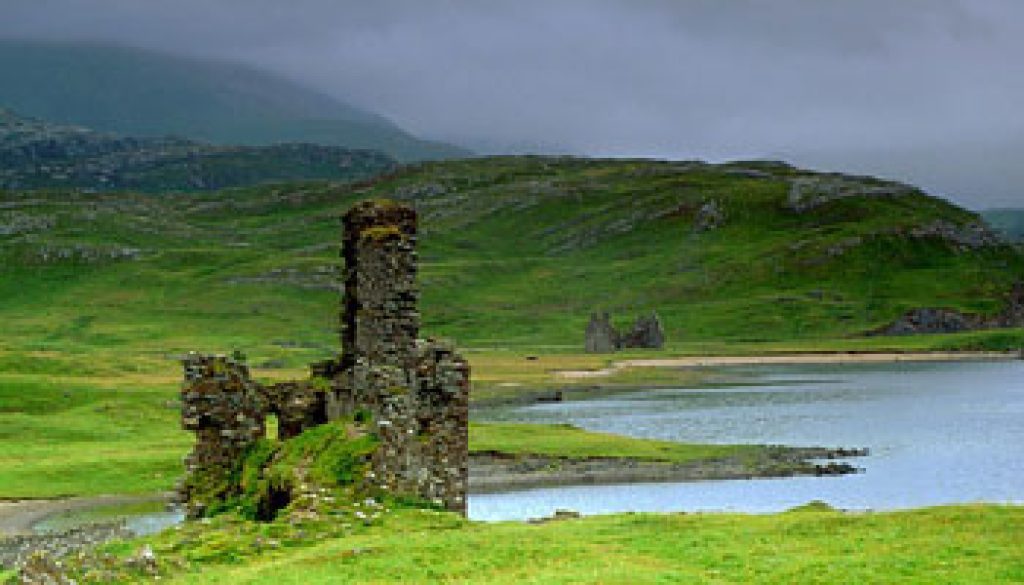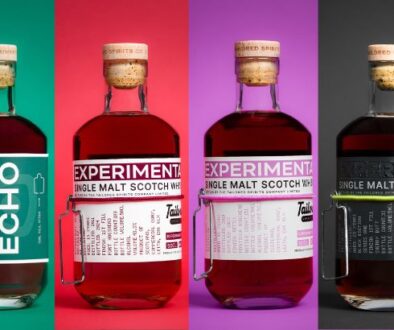Whisky Region: Highlands
As you are well aware, Scotland is divided into several whisky producing regions; Highland, Speyside, Islay, Island, Lowland and Campbeltown. While I’ve mentioned the various regions previously, I’m yet to go into any detail in the regions as such and I thought it was about time to do so now. The order in which I present them will carry no relevance as to my preference or otherwise, mind you, I like them all! You have to start somewhere, though, and this first article in the little series will be on… Highlands!
Highlands is the largest region by far, and to no great surprise it comprises several very well known distilleries such as, but by no means limited to as I do not intend to list every single distillery just now, Aberfeldy, Dalwhinnie, Brora, Glenmorangie and Oban. In being such a large area there is no distinct style that would be applicable to all the whiskies produced within it. That said, there are surprising similarities between some of the malts when the distance between the distilleries are taken into consideration.
In an attempt to generalize the flavors of the region and place them in more firm categories, one can divide the area into Northern, Western, Eastern and Central Highland. The Northern distilleries often display spicy, salty, delicate and heathery characters and many of them are located along the coast. Northern distilleries include Clynelish, Brora, Old Pulteney and Glenmorangie.
Moving on to the Eastern region, which comprises distilleries such as Ardmore, Macduff, Knockdhu and Glendronach; again there is some difficulty in generalizing the flavors of this region. The distilleries closest to speyside have a smokier quality, though not overwhelmingly so, along with decisive malt elements, while distilleries further south are quite fruity and creamy.
If we jump over to the Western side we will only find two mainland distilleries in the region; Oban and Ben Nevis. Generalizing here, then, is simply a matter of finding similarities between these two whiskies – if you ask me it’s an exercise in futility, but nonetheless it is a common activity and the general conclusion is that they both portray salty, peaty flavors.
And finally we arrive in the Central region which boasts a rather more impressive range of distillers than the Western region, such as Dalwhinnie, Edradour, Glenturret and Blair Athol. Quite a diverse range of whiskies, as you can see, and finding common traits would be both difficult and misleading – I refuse to do it, and you can’t make me. Oh fine, fine, I’ll go so far as to say that they are generally fairly sweet and light.
One thing that quite a few Highland malts have in common, regardless of their sub-region, is that they start out sweet and have a fairly dry finish. A diverse region indeed!





July 7, 2010 @ 1:48 pm
I love the photo you’ve chosen for this article. Thanks for the article by the way, I am from the highlands but I have just started drinking whisky recently and wanted to learn a bit more about Highland whisky which I feel I have!